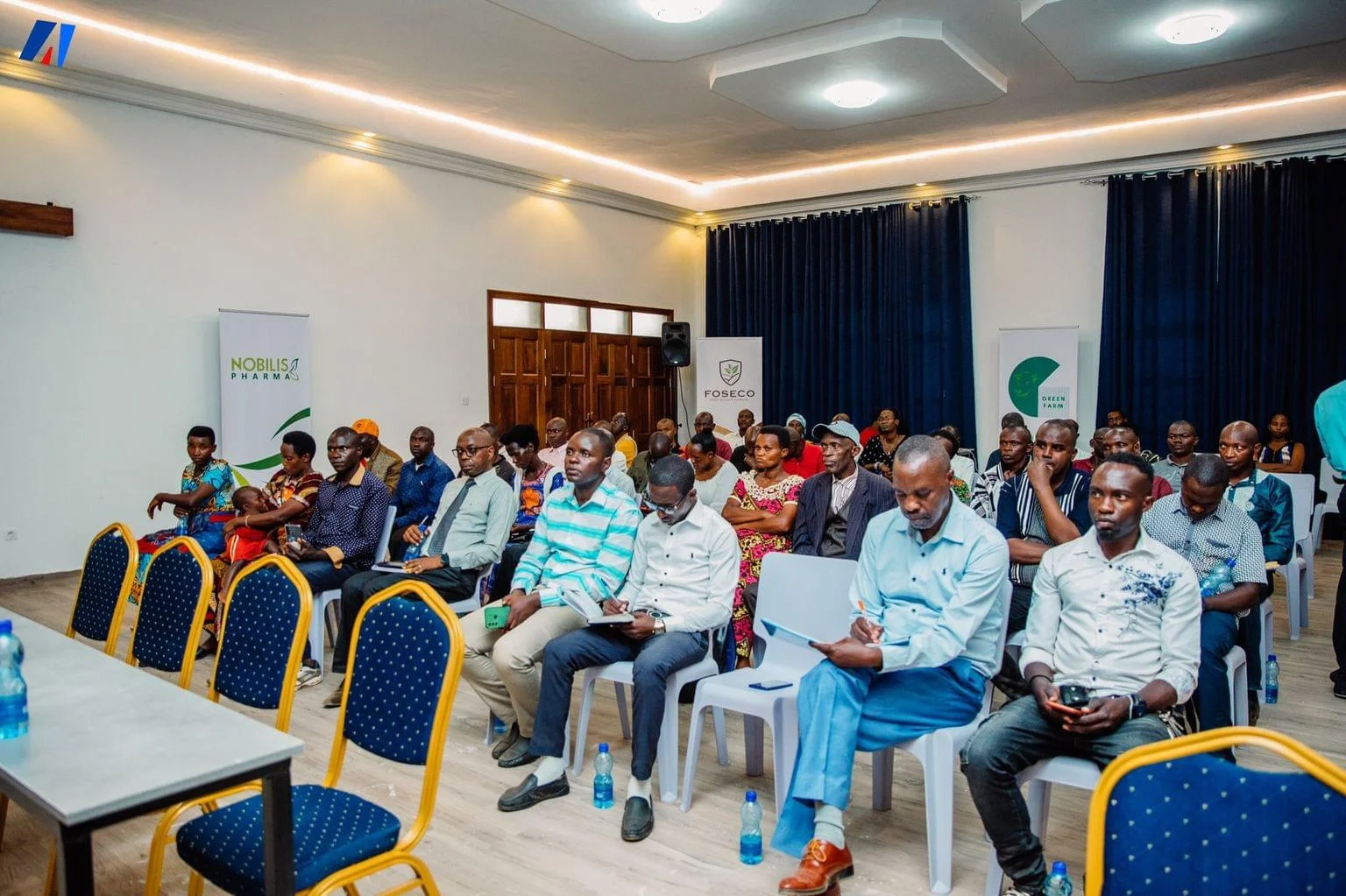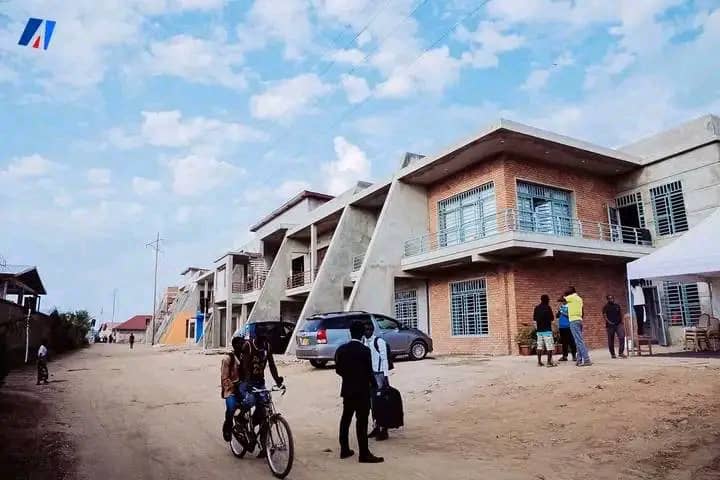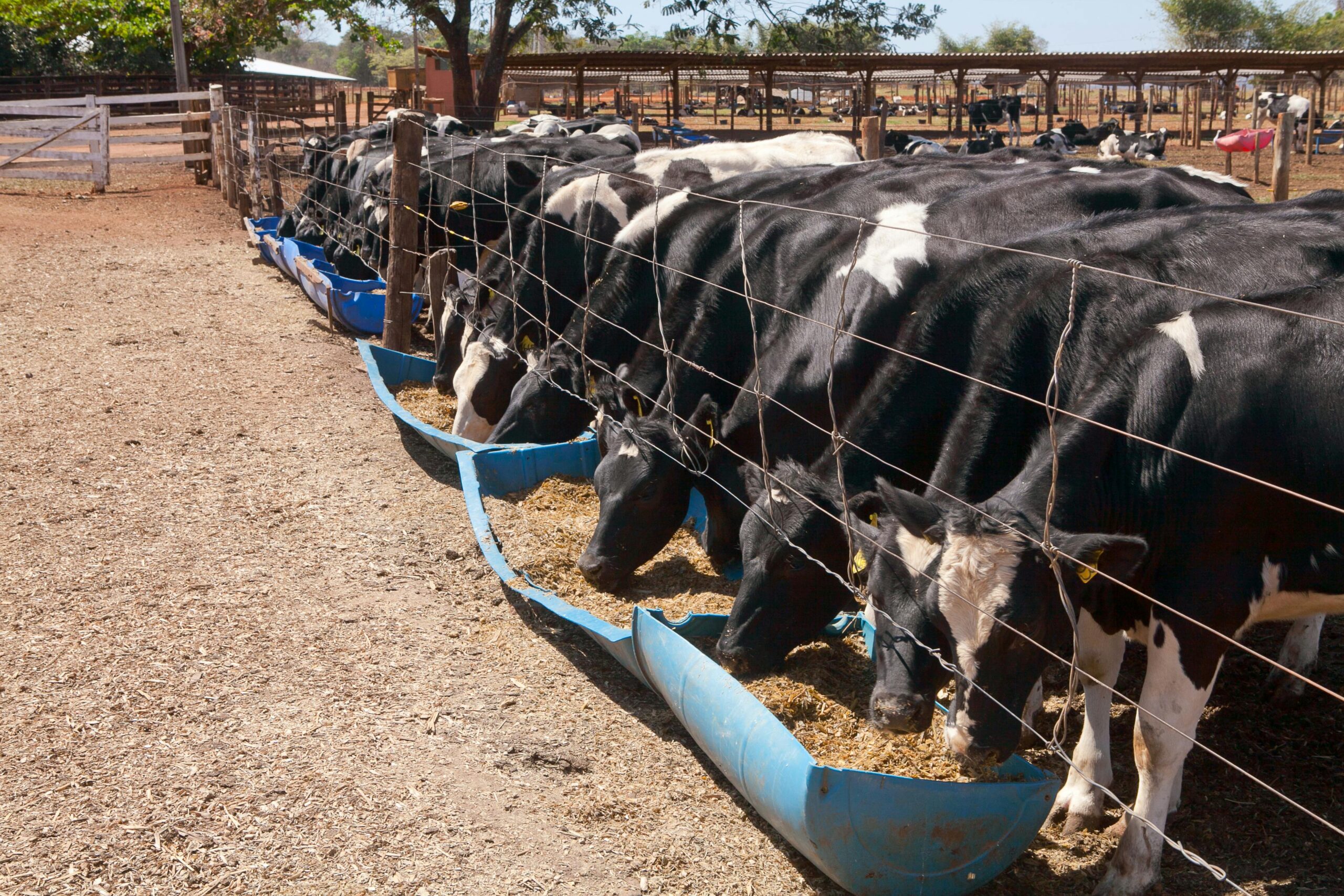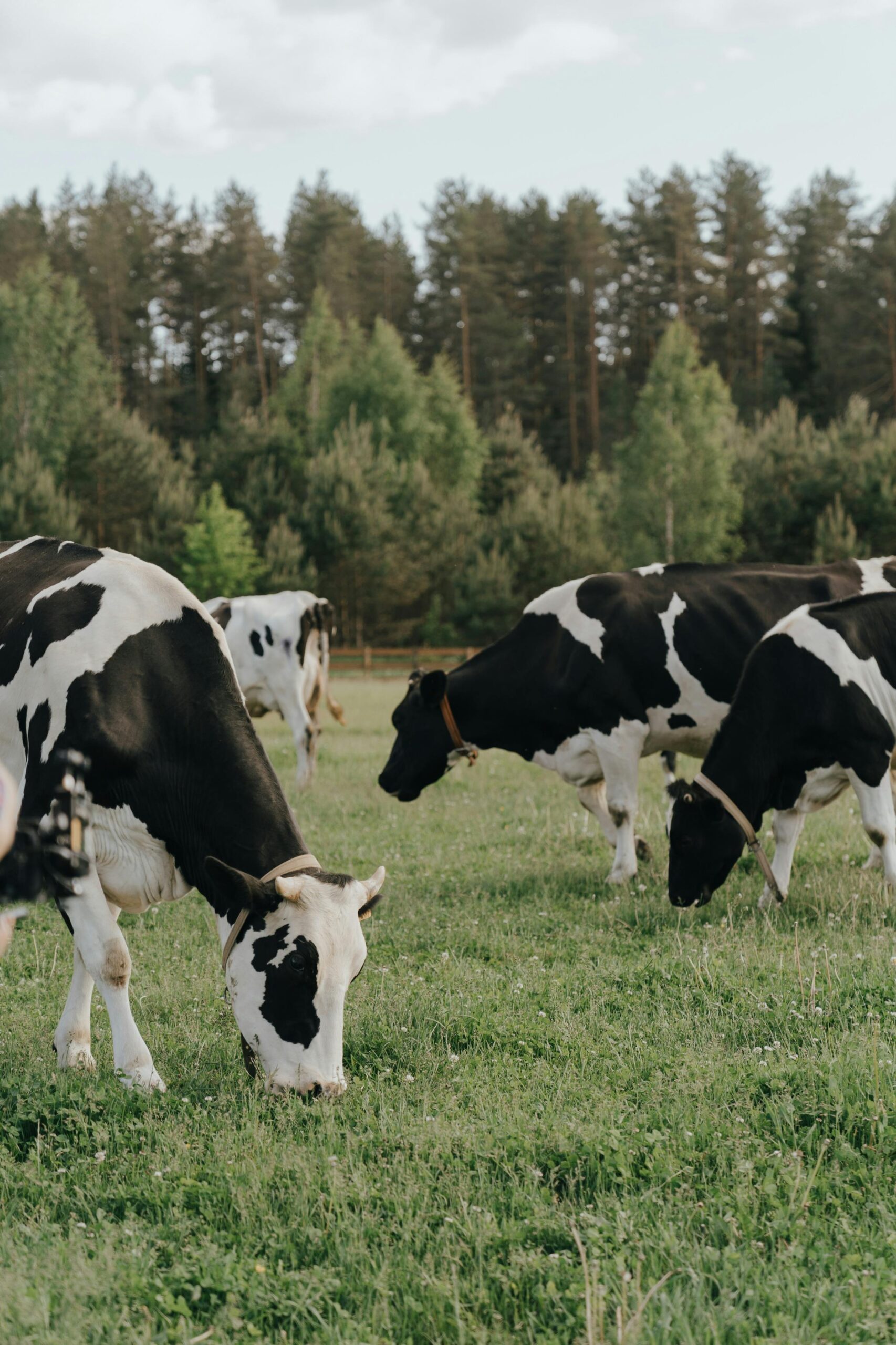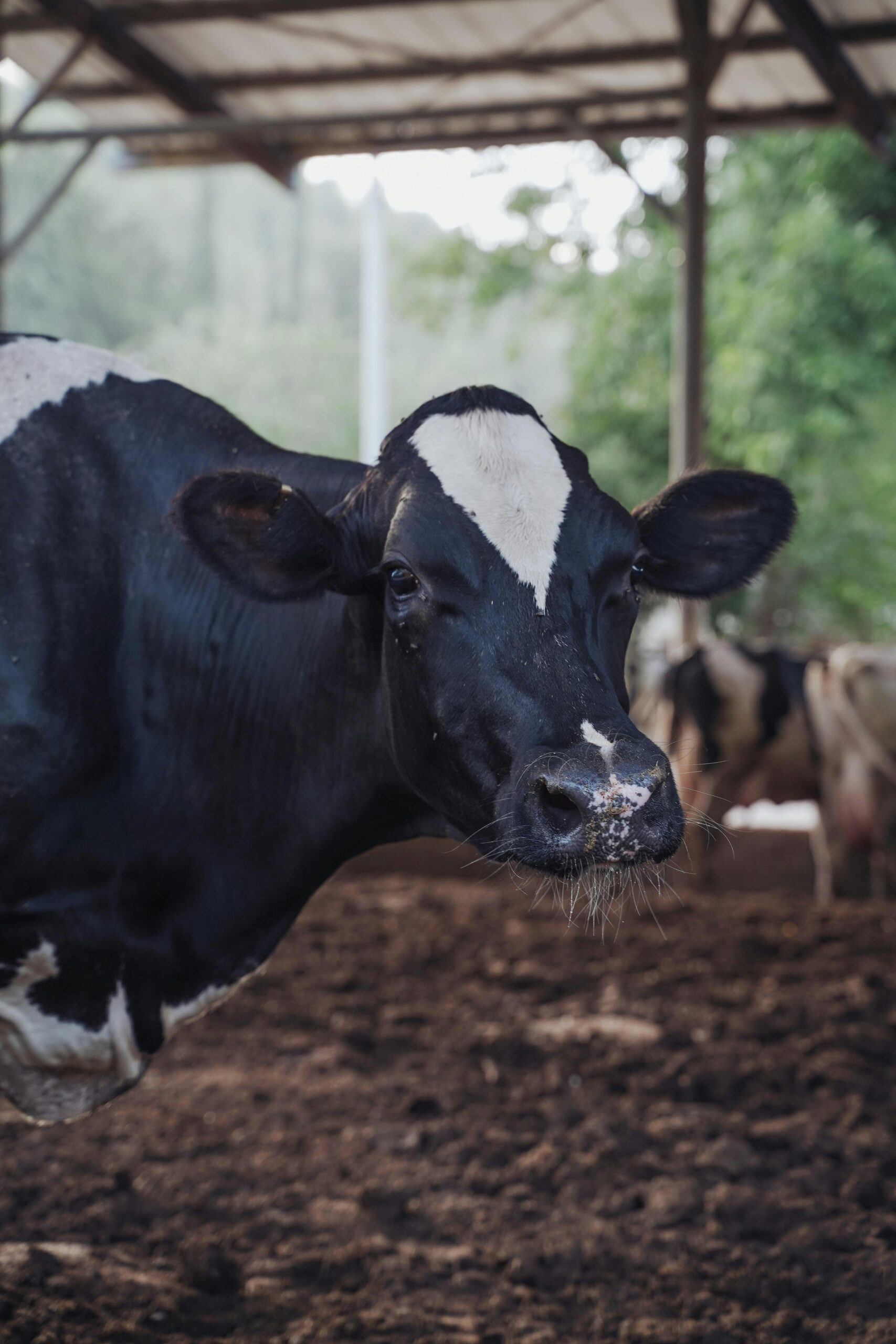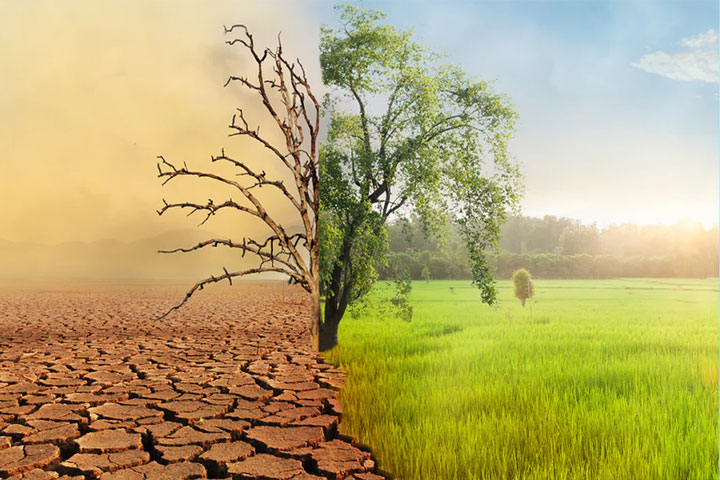
We are passionate about supporting communities in climate change mitigation and adaptation by employing multifaceted approach, tailored to the specific vulnerabilities and needs of each community. .
Here's a detailed breakdown of how they typically operate:1. Community Needs Assessment and Vulnerability Analysis:
- Data Collection:
- Conducting surveys, interviews, and focus group discussions to understand local climate-related challenges.
- Analyzing historical climate data, geographical information, and socioeconomic factors to identify vulnerabilities.
- Risk Mapping:
- Creating maps that visualize areas prone to flooding, droughts, heatwaves, or other climate hazards.
- Identifying vulnerable populations, such as the elderly, children, and those with limited resources.
2. Developing Community-Based Adaptation Plans:
- Participatory Planning:
- Engaging community members in the planning process to ensure that adaptation strategies are locally relevant and culturally appropriate.
- Facilitating workshops and training sessions to build local capacity for adaptation planning.
- Tailored Solutions:
- Developing adaptation strategies that address specific community needs, such as:
- Improved water management systems.
- Climate-resilient agriculture techniques.
- Early warning systems for extreme weather events.
- Diversification of livelihoods.
- Developing adaptation strategies that address specific community needs, such as:
- Integrating Traditional Knowledge:
- Incorporating indigenous knowledge and traditional practices into adaptation plans, as these often hold valuable insights into local climate patterns and resource management.
3. Implementing Mitigation Strategies:
- Promoting Renewable Energy:
- Facilitating the adoption of solar, wind, and other renewable energy sources.
- Providing technical assistance and financial incentives for renewable energy installations.
- Sustainable Land Management:
- Promoting reforestation, afforestation, and sustainable forestry practices.
- Supporting sustainable agriculture and livestock management to reduce greenhouse gas emissions.
- Waste Reduction and Recycling:
- Implementing waste management and recycling programs to reduce methane emissions from landfills.
- Promoting composting and other organic waste management practices.
- Education and Awareness:
- Conducting outreach programs to educate community members about climate change and its impacts.
- Promoting behavioral changes that reduce greenhouse gas emissions, such as energy conservation and sustainable transportation.
4. Capacity Building and Training:
- Technical Training:
- Providing training on climate-resilient agriculture, water management, renewable energy technologies, and other relevant skills.
- Financial Literacy:
- Providing training on financial management and access to funding for climate-related projects.
- Leadership Development:
- Building the capacity of local leaders to advocate for climate action and implement adaptation strategies.
5. Monitoring and Evaluation:
- Data Collection:
- Tracking the implementation of adaptation and mitigation strategies and measuring their effectiveness.
- Collecting data on climate-related impacts and community resilience.
- Evaluation and Feedback:
- Evaluating the effectiveness of programs and making adjustments as needed.
- Gathering feedback from community members to ensure that programs are meeting their needs.
Key Considerations:
- Community Ownership: Ensuring that communities are actively involved in all stages of the process is crucial for long-term success.
- Equity and Inclusion: Prioritizing the needs of vulnerable populations and ensuring that all community members have access to resources and opportunities.
- Collaboration: Working in partnership with local governments, NGOs, and other stakeholders to maximize impact.
- Long-Term Sustainability: Designing programs that are sustainable and can be maintained by communities over the long term.
By employing these detailed strategies, organizations can effectively support communities in building resilience to climate change and transitioning to a sustainable future.




We are a community organization that supports households and rural development stakeholders by building capacity, skills transfer and facilitating access to resources. Our work aims at ensuring inclusive development and sustainable food systems within the community.
OUR GALLERY :

